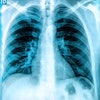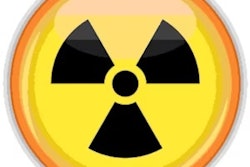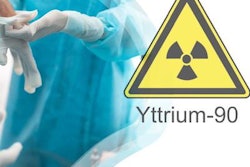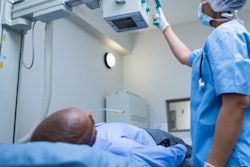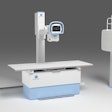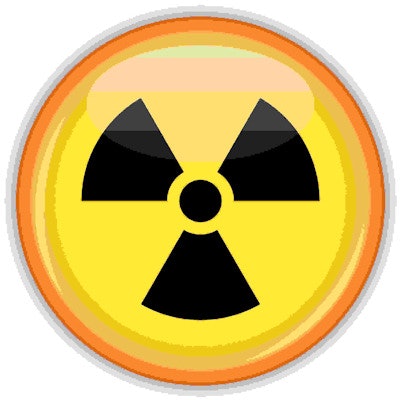
Occupational exposure to radiation among radiologists and radiologic technologists is about 90% below annual dosage limits, according to a report published January 31 in Radiation Physics and Chemistry.
A team led by Nissren Tamam, PhD, from Princess Nourah Bint Abdulrahman University in Saudi Arabia found that radiologic technologists and radiologists are exposed to a low dose according to current workloads.
"The measured yearly effective doses for medical personnel were both low relative to the majority of earlier investigations and well below the maximum allowable dose limits," Tamam and co-authors wrote.
According to the International Commission on Radiological Protection (ICRP), the maximum annual occupational dose is 20 millisieverts (mSv) averaged over a five-year period. This includes not having any radiation exposure above 50 mSv per year.
Tamam and colleagues sought to estimate radiation risk among radiologists, radiology technologists, and patients via a study that included data collected between 2019 and 2020 from 46 diagnostic radiology workers and 22 patients. Of the patients, 11 underwent conventional x-rays and the other 11 underwent fluoroscopic x-ray.
The researchers found that the average occupational dose per year across all types of staff was 0.48 mSv; it was 0.6 mSv for radiologic technologists. They also found that the effective dose for radiologists and technologists were 0.74 and 3.76 mSv, respectively. The mSv range for technologists was zero to 2.11, about 90% lower than dose limits, and 0.17 to 0.74 for radiologists.
"This is relatively low compared to most ... previous studies," the group noted.
The team also looked at dose parameters that affect patient dose, such as kilovoltage peak (kVp), milliampere-seconds (mAs), and dose area product. It found that patients were exposed to significantly higher radiation doses when they underwent fluoroscopic procedures.
| Comparison of average and ranges of radiation dosages for patients undergoing x-ray, fluoroscopy | ||
| Measure | X-ray | Fluoroscopy |
| kVp (average) | 113.1 | 75 |
| mAs (range) | 2.08 to 40 | 40 to 160 |
| Dose area product/mGy.cm2 (average) | 86.9.6 | 41,065.1 |
Tamam and colleagues compared their findings to five other previous studies and found that for radiologists, the highest average mSv seen among these studies was 1.53 and the lowest was 0.52, while among radiology technologists, the 3.76 mSv in the team's study was highest among the five other research works, with the lowest average mSv recorded being 0.16.
For dose area product, the investigators found a dose area product/mGy.cm2 value of 60.18. Compared to three other studies, this value is the lowest, with the highest recorded being 121.09.
The study findings could help radiology staff track their radiation dose exposure risk, according to the authors.
"Clinicians can be warned about deterministic radiation dangers such as early transient erythema using dose area product meters calibrated in accordance with the procedure," they concluded.




